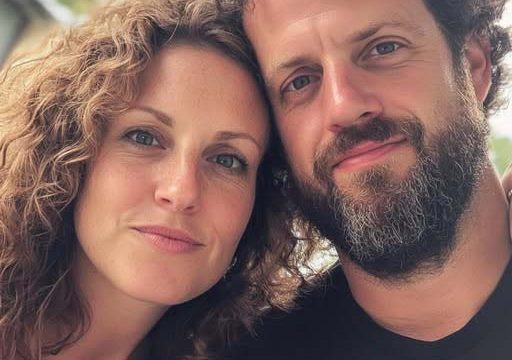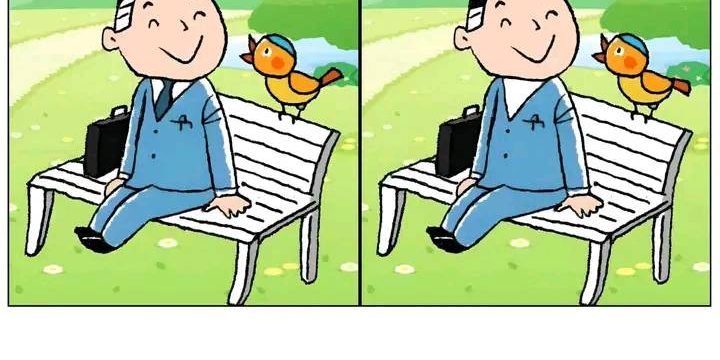Puzzles and brain teasers are a fun and engaging way to test your problem-solving abilities and logical thinking. One of the most popular brain challenges floating around the internet is the “Which cup will get the coffee first?” puzzle. At first glance, it seems straightforward enough. You’re presented with a picture of coffee being poured into a network of pipes connected to several cups. Your job is to figure out which cup will be the first to fill with coffee. It looks simple, right? But as with many things in life, there’s more to it than meets the eye. This tricky puzzle catches a lot of people off guard because they rely on their initial impressions rather than taking the time to carefully observe the details of the setup.

The image in the puzzle shows coffee being poured from a pot into a complex system of pipes that branch off toward four cups, each labeled with a number. Your goal is to determine which cup will be filled with coffee first. Now, this may sound easy, but the design of the pipes and the direction of flow create an unexpected twist. Many people rush to answer, thinking they’ve nailed it, but they often fall into common traps that lead them to the wrong conclusion. If you want to avoid making the same mistakes, you’ll need to slow down and carefully examine every part of the puzzle before jumping to a conclusion.
One of the most common mistakes people make when attempting this puzzle is choosing the cup that appears closest to the coffee source. It’s easy to assume that the coffee will take the shortest route and fill the nearest cup first. However, that assumption doesn’t take into account possible obstacles in the pipes that may block the coffee from getting through. Another frequent oversight is ignoring blocked pathways altogether. Some of the pipes are deliberately blocked to make the puzzle more challenging. If you miss these blockages, you could pick a cup that will never see a drop of coffee. Lastly, many people focus on just one part of the puzzle, missing important clues elsewhere in the image that reveal the true path of the coffee.
If you’ve ever tried this puzzle and fallen into one of these traps, you’re definitely not alone. It’s a common experience! But don’t worry—we’re going to break it down step by step so you can see exactly how to figure it out the right way. Let’s get started.
First, identify where the coffee is being poured from. It starts at the top of the image and flows into a series of pipes that lead to four cups marked with numbers 4, 9, 5, and 7. The task is to follow the path of the coffee and see which cup gets filled first. Taking a closer look at the pipes, you might initially think that cup 4 is the answer. But upon careful inspection, you’ll notice that the pipe leading to cup 4 is blocked. This means no coffee can reach it, so we can rule out cup 4. Next, look at cup 5. While it might seem like a contender, the pipe heading to cup 5 is also blocked, preventing the coffee from getting through. The same goes for cup 7—the pipe is blocked, and no coffee can reach that cup either. That leaves us with cup 9. The path leading to cup 9 is clear with no blockages, so it’s the only cup that will actually get the coffee. Therefore, the correct answer to the puzzle is cup 9.
If you figured that out on your own, great job! You’ve demonstrated sharp observation skills and logical reasoning. If you didn’t get it right this time, that’s okay. The purpose of puzzles like this one is to challenge how we think and encourage us to look closer at the details we might normally overlook. These types of brain teasers teach an important lesson: don’t always trust your first instinct. Taking the time to pause, analyze the situation thoroughly, and think things through can lead to the correct answer—not just in puzzles, but in everyday life decisions as well.
So, the next time you’re faced with a tricky challenge, whether it’s a puzzle or a real-life problem, remember to slow down. Look carefully at all the details, consider your options, and think logically about your next move. Sometimes the answer isn’t as obvious as it seems, and that’s exactly what makes solving these puzzles so satisfying. And who knows? You might just surprise yourself by how good you really are at finding the right answer.





